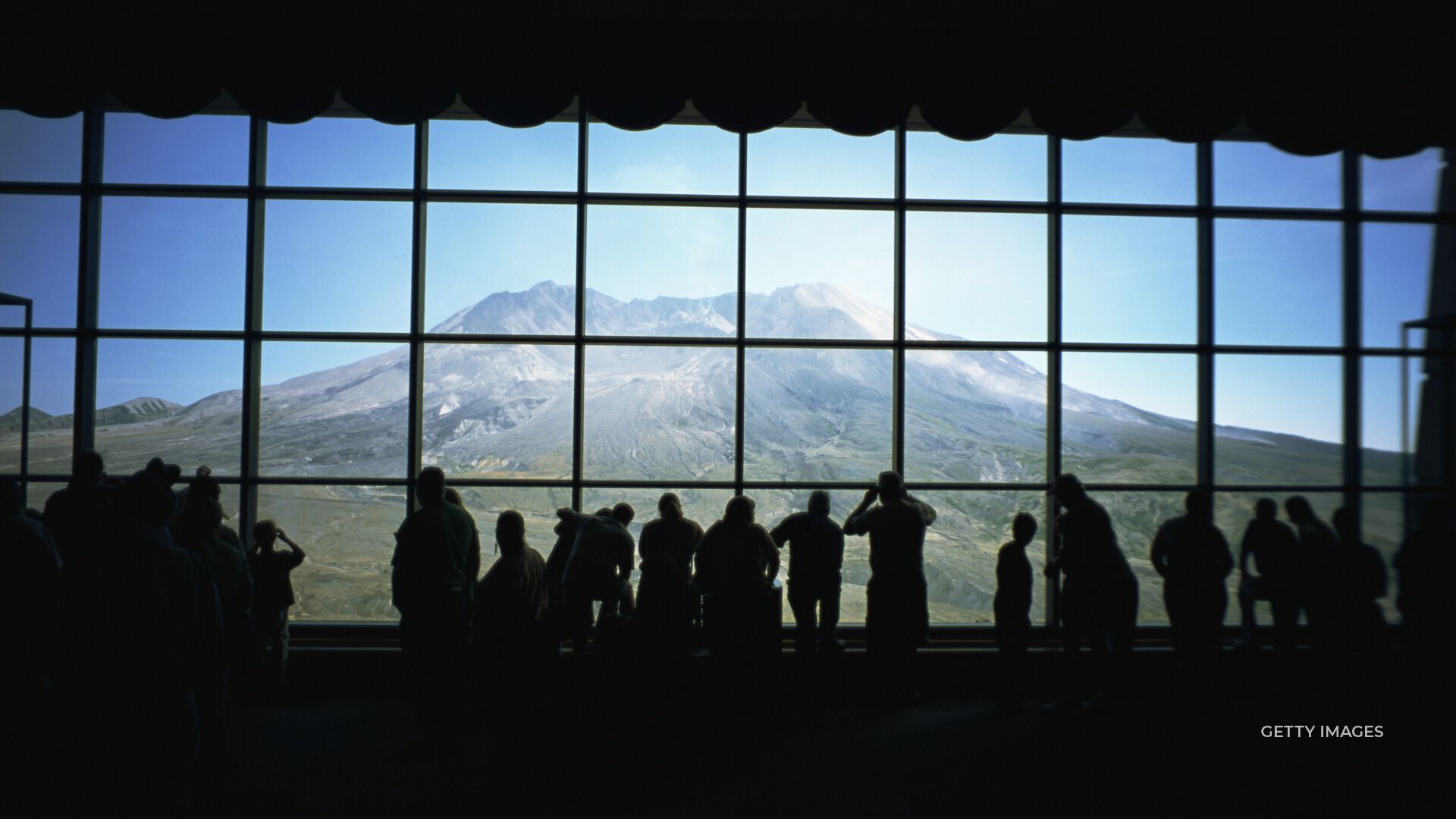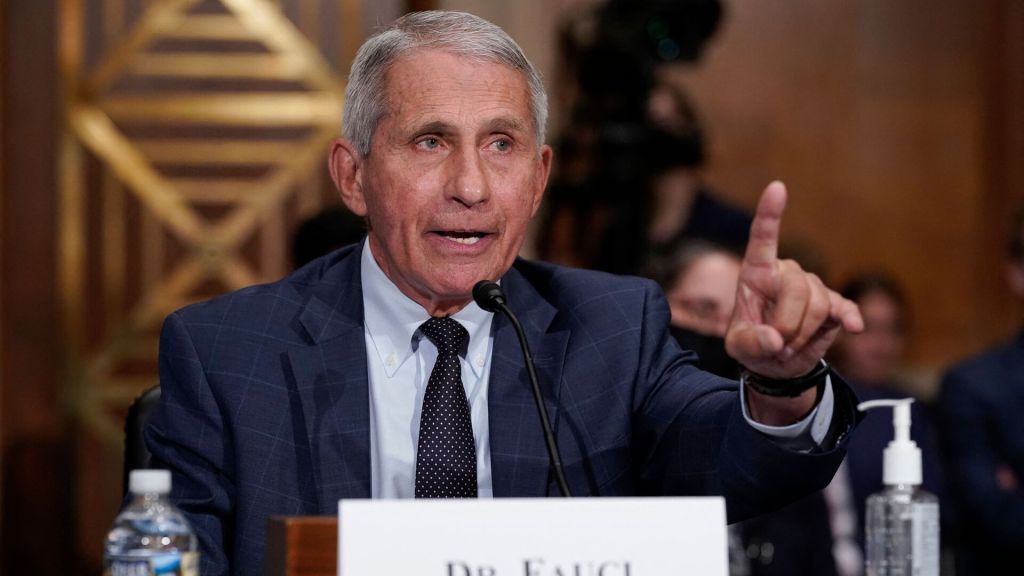
MIKE POLAND | SCIENTIST-IN-CHARGE, YELLOWSTONE VOLCANO OBSERVATORY: “Yellowstone is an amazing place. It is utterly spectacular. The geology is incredible. The biology is incredible, the geysers are amazing, the landscapes, the ecology, the cultural heritage, it’s an unbelievable place. You don’t have to sensationalize it. You don’t have to try to make it more spectacular than it already is.”
MAHMOUD BENNETT: IN PART ONE OF OUR SERIES, EXPERTS DEBUNKED RECENT HEADLINES THAT YELLOWSTONE’S SUPERVOLCANO WAS ON THE VERGE OF A CATASTROPHIC ERUPTION.
POLAND: “The take home point is that the amount of molten material is not sufficient to trigger a really large eruption of the type that Yellowstone is famous for.”
JON MAJOR | SCIENTIST-IN-CHARGE, CASCADES VOLCANO OBSERVATORY: “Here in the continental US, the most likely eruption will be somewhere in the Cascades.”
JON MAJOR IS THE SCIENTIST-IN-CHARGE AT THE CASCADES VOLCANO OBSERVATORY. THE CASCADE RANGE IS AN ARC OF A DOZEN ACTIVE VOLCANOES THAT SPAN FROM THE CANADIAN BORDER DOWN INTO NORTHERN CALIFORNIA.
MAJOR: “We are anticipating that Mount St. Helens because of its highly frequent eruptive activity, that perhaps in the next few decades, we may see another eruption of Mount St. Helens, and that eruption is most likely to be very similar to what we saw through the 1980s.”
THAT ERUPTION IS CONSIDERED THE LARGEST AND MOST DISASTROUS IN U.S. HISTORY. 57 PEOPLE WERE KILLED AND HUNDREDS OF SQUARE MILES WERE REDUCED TO WASTELAND.
MAJOR: “There were a number of people probably living in the Pacific Northwest who did not even realize that these beautiful mountains that they see out their back window, are actually volcanoes that erupt periodically. So, it put eruptions on the map of the public consciousness.”
MOUNT SAINT HELEN’S MIGHT BE THE MOST EXPLOSIVE VOLCANO IN THE CONTINENTAL U.S., BUT MOUNT BAKER, AND MOUNT RAINIER COULD BE MORE DANGEROUS DUE TO THEIR HISTORY OF LARGE VOLCANIC MUDFLOWS.
MAJOR: “Communities that are down river of Mount Rainier. They have evacuation plans; they practice evacuation drills in the event that a large volcanic mudflow might be generated.”
GLACIER PEAK, WHICH LIES BETWEEN MT. RAINIER AND MT. BAKER, IS THE SECOND MOST EXPLOSIVE VOLCANO IN THE CASCADES AFTER MT. ST. HELENS. AND IT POSES ANOTHER SERIOUS THREAT.
MAJOR: “Those eruptions tend to generate lots of volcanic ash. And that volcanic ash poses very serious threats both to airplane, the aviation industry, but then also to the communities that are downwind of the volcanoes.”
MAJOR SAYS THE C.V.O’S SAFETY STRATEGY CENTERS AROUND RESEARCH, MONITORING CAPABILITY, AND PUBLIC OUTREACH.
MAJOR: “The next time one of our volcano erupts, we’ll be able to communicate with the emergency management authorities and the public look, the public will know what’s happening and will prevent any real disasters from happening.”






